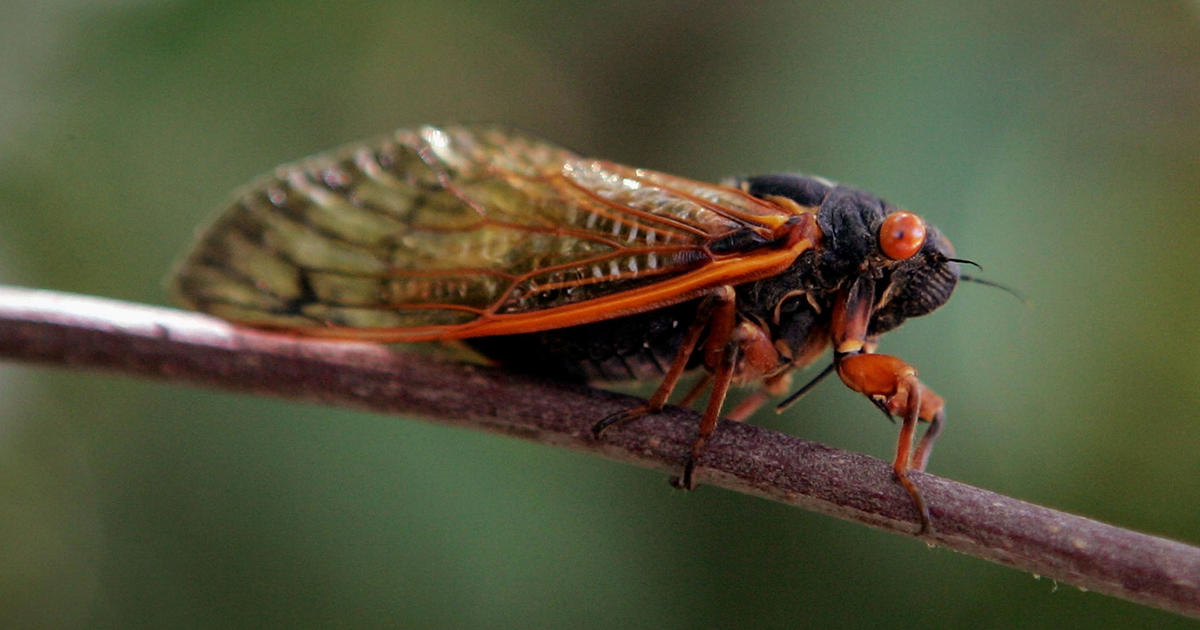Gardening With Gutner: In Search Of The Perfect Pumpkin
TYNGSBORO (CBS) - This was a particularly challenging year for growing pumpkins.
The wet month of May delayed many fields from being planted.
Also, the hot weather in July (over 100 degrees) caused many pumpkin plants to abort the female flowers, further delaying fruit set.
The wet weather in August and September caused many different fungi to attack the pumpkin vines and fruit.
At Parlee Farms, we have light sandy loam soils which drain very well and allowed us to plant on time.
We also prepare the fields for planting using an Unverferth Zone Builder.
This machine tills an 8-inch zone for planting every 3 feet while breaking up any plow pan, thereby allowing the field to rapidly drain and prevent numerous diseases.
In addition, we spread a layer of wood chips over our cover crop every December and using zone tillage, the majority of these wood chips remain in place on the ground.
The pumpkins rest on the top of these wood chips which help stop many of the soil fungi from attacking the pumpkins.
These farming practices all contribute to our Integrated Pest Management (IPM) philosophy of low pesticide use.
Since we were able to plant on time, most of our pumpkins had already set fruit before the hot July weather.
We also use drip irrigation in our pumpkin fields.
All of this has added up to some of the biggest pumpkins we have ever grown. The variety, size, and number of pumpkins should offer our customers a great selection this year!
Pumpkins come in a variety of shapes, sizes, and colors.
Here is a list of some of the varieties we plant at Parlee Farms:
• Large Pumpkins
- Gold Medal
- Gold Medallion
- Captain Jack
• Medium
- Diablo
- Sorcerer
• Small
- Baby Bear
- Touch of Autumn
- Field Trip
• Warted
- Knucklehead
- Goosebumps
• White
- Polar Bear (large)
- Cotton Candy
• Specialty
- World of Color
- One Too Many (white with red veins)
Many customers want to know if a pumpkin cut in September will last until Halloween.
Our pumpkins are cut from the vine by mid-September.
This allows a strong stem to be on the pumpkin.
If the pumpkin was not cut until October, the stem would shrivel as the vines die off.
Also, we move all the pumpkins from the growing field and place them on wood chips in a field closer to our retail farmstand.
This prevents the pumpkin from sitting in water and rotting from the bottom.
Also, we are able to cover the pumpkins in case of a frost.
Watch Gardening with Gutner:
When a pumpkin is brought home, if it is kept dry and protected from the frost, it should last well into November.
Looking for that perfect jack-o-lantern is a great way to spend a beautiful fall day!



